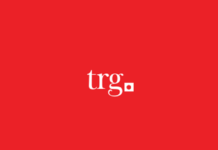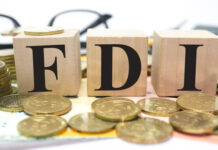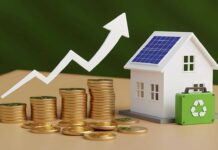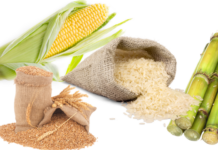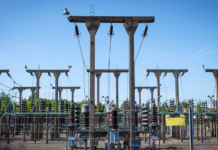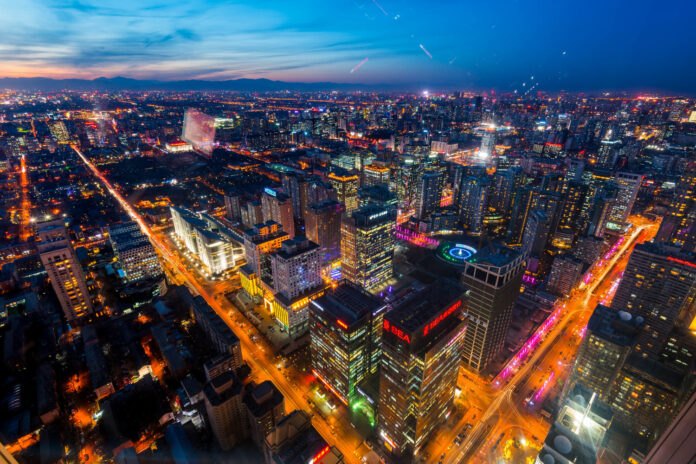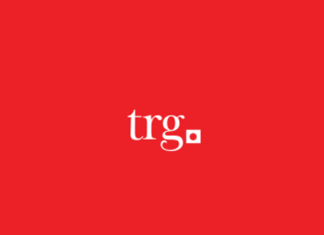China’s economy grew 5.2% in the second quarter compared to a year earlier, slowing slightly from 5.4% in the first quarter but coming in just above expectations, official data showed on Tuesday.
The result reflects some resilience despite U.S. tariffs, but pressure is building for Beijing to step up stimulus as demand remains weak and global trade risks increase.
On a quarterly basis, gross domestic product rose 1.1% in the April-June period, down from 1.2% in the first quarter but above the forecast of 0.9%, according to the National Bureau of Statistics.
While the headline GDP growth suggests stability, consumer demand remains soft. Separate data for June showed industrial output rose 6.8% from a year earlier, but retail sales slowed to 4.8%, down from 6.4% in May and the lowest since January-February. Fixed-asset investment rose 2.8% in the first half of the year, slower than the 3.7% pace seen in the January-May period.
The government is facing growing challenges to meet its full-year growth target of around 5%, as exports lose strength, prices fall, and consumer confidence stays low. Policymakers have responded with more infrastructure spending, consumer subsidies, and interest rate cuts.
In May, the central bank added liquidity to offset pressure from U.S. tariffs announced by President Donald Trump.
Despite these moves, households continue to feel the strain. In Shenzhen, a doctor said she and her husband have taken pay cuts and are reducing daily expenses. Many families remain cautious about large purchases like homes.
The property sector continues to drag on growth. Investment in real estate fell sharply in the first half of the year, while new home prices in June saw the biggest monthly decline in eight months. Steel output in June dropped 9.2% year-on-year, reflecting slower construction activity.
China’s exports saw a brief recovery in June as firms rushed shipments before an expected shift in the tariff agreement with the U.S. in August. However, further weakness is expected in the second half of the year.
A recent poll showed growth is likely to slow to 4.5% in the third quarter and 4.0% in the fourth, with full-year 2025 growth seen at 4.6%, below the government’s target. Growth is expected to fall further to 4.2% in 2026.
Top leaders are expected to discuss next steps during the upcoming Politburo meeting in late July. Authorities have pledged to support urban village redevelopment and move to a new property development model to help lift the housing market.




